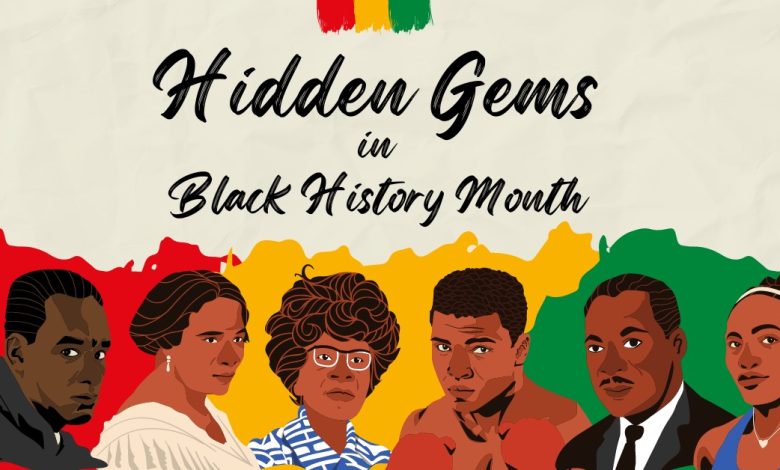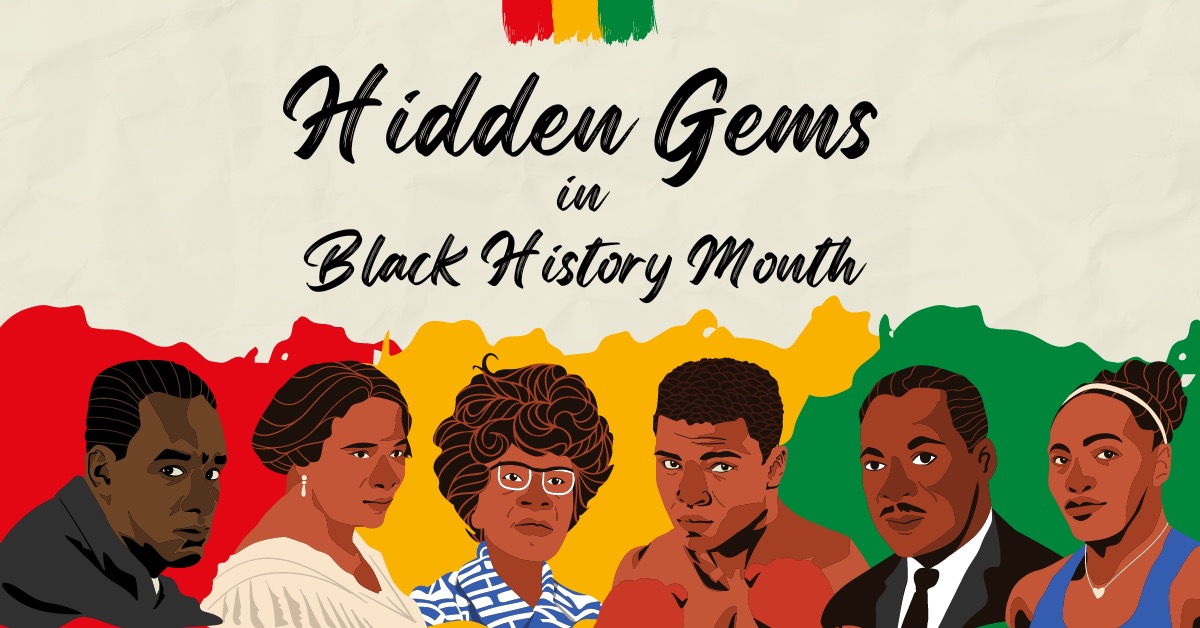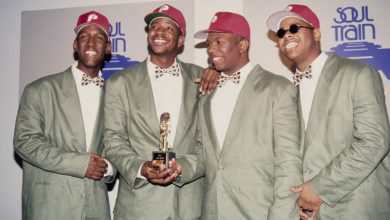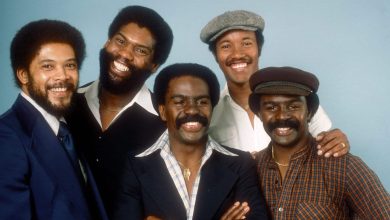Hidden Gems in Black History: The Truth About Central Park


While Central Park offers a welcome respite from the hustle and bustle of the city, only a few of the people who enjoy it know its true history. The rumors of the land being occupied by squatters are just that. The truth is that a portion of what is now Central Park used to be a prosperous multi-racial community known as Seneca Village.
What Was Seneca Village?
According to Before Central Park: The Story of Seneca Village, an article written by the Central Park Conservancy, Seneca Village started when landowners, John and Elizabeth Whitehead decided to divide their land into 200 lots in 1825. By 1832, they had sold approximately half of their parceled land to African Americans. Though slavery was abolished in 1827, there was still significant discrimination against Black people and so Seneca Village offered an appreciated distance from that animosity.
In fact, there is evidence that the residents of Seneca Village made the most of their community by planting gardens, raising livestock, and fishing in the Hudson River. By 1855, Seneca Village had grown to be a prosperous community with over half of the residents being homeowners. Since it was a privilege for Black people to own property, not many of them qualified for the right to vote as home ownership was one of the criteria. Of the 100 African Americans who were able to vote at the time, 10 of them lived in Seneca Village.
How It Became Central Park
Noting the unhealthy conditions of the urban environment during the 1850s, the City decided that there should be a municipal park that would provide an escape. To accomplish this, the New York State Legislature put a law in place that would earmark 775 acres of land for a landscaped public park. The idea was to use a law known as eminent domain to acquire the land that they wanted. This law allows the government to take land from private owners and use it for a public purpose as long as the owner is compensated. While it’s unclear how much they paid for the land in Seneca Village, some argued that it was undervalued.
Initially, the people who lived in the area fought to keep their land. Regardless of their feelings on the matter, however, the residents of Seneca Village had to leave their community behind by the end of 1857. As noted by Gracie Heim in the article, Before Central Park came Seneca Village, Black community hidden in the heart of Manhattan for The Wilderness Society, politicians painted a bad picture of the residents as the time to build the park grew near. They were known to describe the community as “shantytowns” that were occupied by “squatters” and “vagabonds”.
It wasn’t until 2001, that a historical marker was placed in the former location of Seneca Village to acknowledge what the proud town used to be.
Where Did The Residents Go?
Little is known of what happened to the residents of Seneca Village after their land was acquired. Some historians suggest that they moved on to other Black communities in the area like Sandy Ground in Staten Island and Skunk Hollow in New Jersey.
This is a part of our new series – “Hidden Gems in Black History” where we highlight uncommon facts throughout Black history. Join us every day in Black History Month for interesting facts about Black people and places that you likely haven’t heard before!
References:




